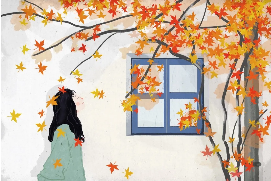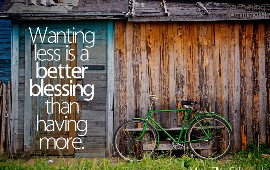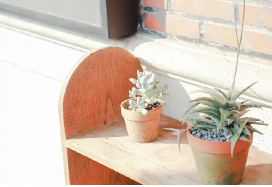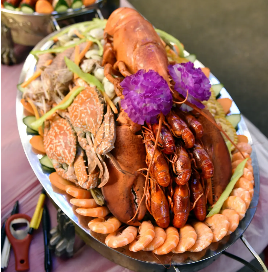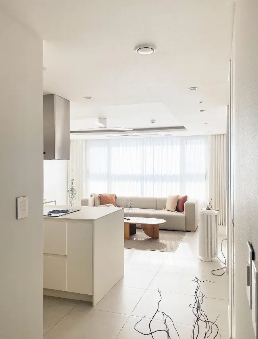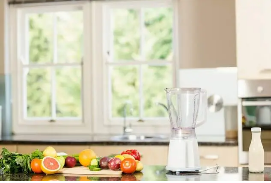Say goodbye to home clutter, you must know the 3 storage tips

With the popularity of the Internet, the concept of organizing and storage is becoming more and more familiar to people, and slowly people are starting to pay attention to their lives and living environment. Many people have also started to try to do the organizing and storage work at home by themselves. It’s a simple thing to do, but not an easy thing to do well.Today we will share 3 home storage tips to master the basic organizing principles. It’s a simple and fun little thing to organize your home.1, learn to be “lazy”
Why is our room everywhere is messy?
Because we are not lazy enough!
Most of the reason is that we do not follow the principle of proximity when designing storage locations. So many people in order to save time, they are too lazy to put back to the original place, time more items, the room is naturally messy.
As an example:
You put cosmetics in the bedroom, after washing your face in the bathroom, you have to go to the room to get the cosmetics to the sink first, and then you need to take them back to the bedroom after use.
Have you noticed? Such placement of items will make people do several more sets of actions without realizing it. If we place the cosmetics in the sink area from the beginning, we can eliminate the need to go back and forth twice to get them.
The proximity principle: It essentially allows one to take one less step. You do something somewhere, and those things most commonly used in connection with it are placed near the location where you do this thing.
2、Learn to climb the wall
The internal storage pattern of the family is unreasonable, low utilization, many household items can not be effectively stored into the cabinet, but only randomly stacked in the corners of the room. What to do?
When you can’t change the original storage pattern, don’t forget that the “wall” is also a very good storage space!
There are three ways to use the wall for storage: point, line and surface. The point refers to hooks and nails, which are suitable for storing lighter tools, such as mugs, iron spoons and washbasins;
The line refers to the hanging rod, which is suitable for storing towels, rags and other items;
Surface refers to shelves, cavity boards, iron grids, etc., suitable for storing a larger number of miscellaneous items, usually also need to be used with storage boxes and hooks. Suitable for storage of small objects wires, decorations, backpacks and other items.
Use the wall to do hanging storage, not only can greatly expand the storage capacity of the home, but also maximize the release of countertop space, convenient for us to do housework cleaning. This is also the most convenient way to get storage.
3、Categorize items for storage
The most important thing before putting items into the storage box is “classification”.
There are at least thousands of items in a home, and finding items simply by memory is a particularly difficult task. If you want to find the items easily, you need to use the classification storage principle, as the name implies: to store the same type of items together.
As an example:
①Grains and cereals are stored in the kitchen area
② All clothing accessories should be put in the bedroom closet
③Sweet snacks are also put together in the coffee table tray
The same type of items are placed in more than 3 places, which increases the speed of finding the items. The quickest way to organize is to put all the items together first and then subdivide them into smaller categories.
There are no strict rules and standards for classification, but in general we classify items according to their function, area, frequency of use, and user preferences.
According to Mr. Chunnan’s “Life Organizer”, the common household items are divided into 7 categories and 24 sub-categories according to the function of the items.
Because clothing accounts for a large part of our storage space, so I picked out a separate classification, the “closet clothing” into a large category. It is classified according to the following criteria: first, according to the unit of people – and then according to the season and out of season – and then divided into hanging clothes and folded clothes.
Lastly, I’d like to add that if you don’t know which category to put some items in, you can put them in another “other category” as a place to put the remaining items.


 English
English 


